
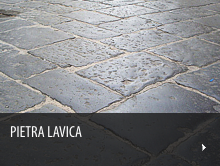
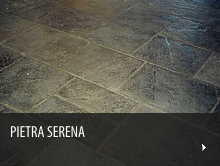
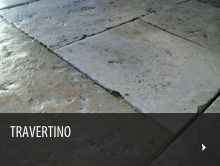
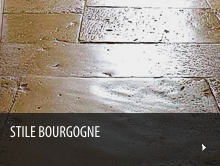
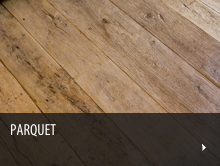
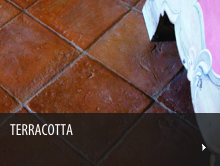
|
LECCE STONE
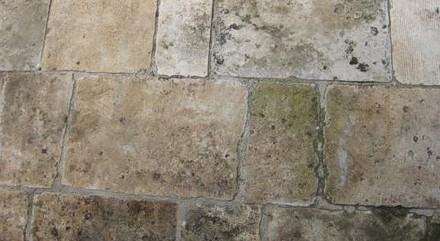
The lecce stone (“leccisu� in local dialect) is a kind of limestone belonging to the Miocene marly-calcarenites. It is a typical stone found in the Salento region, mainly known for its malleability and easy processing.
It has an homogeneous composition: petrographic examination reveals that it is made primarily of calcium carbonate (CaCO3) in the form of limestone granules (microfossils and marine life fossil fragments, dating back to around six million years ago) and calcitic cement, bound with glauconite, quartz, various feldspar and phosphates, in addition to finely dispersed clay substances (kaolinite, smectite, eclorite), which, in different compositions, create different qualities of stone.
The Leccese stone emerges naturally from the ground and is mined in huge, open cast quarries, up to 50m deep and widely located in the Salento region, in particular in the territory of the municipalities of Lecce, Corigliano d'Otranto, Melpignano, Cursi and Maglie. The “leccisu� is obtained in the form of parallelepipeds of various size; it is easy to extract as it is as soft as wood. Its hardness and strength, once extracted, gradually increase over time and, when consolidated, the color turns into a honey-like shade of amber.
With its typical colors ranging from white to pale yellow, this is a compact and finely-grained stone, unlike the carparo, a similar formation found in the same area. Used by architects and sculptors alike, the Lecce stone is highly malleable due to the presence of clay; it can be modeled by wheel as well as by hand. Much sought-after and appreciated by artists, it has reached international fame thanks to the local artisans who, over the centuries, have given life to the complex Lecce Baroque architecture. Among the most significant examples are the friezes, capitals, pinnacles and rosettes decorating several buildings and churches in Lecce, such as the Celestini Palace, the St. Cross Church nearby, the St. Claire Church and the Cathedral.
This stone is highly sensitive to atmospheric agents, humidity from the ground and water and smog stagnation. To make it more weather-resistant, the Baroque sculptors used to treat it with milk. The stone block was sponged or completely immersed in the liquid; the milk, by penetrating within the pores, created a water-proof layer that preserved it, almost unchanged, until the present day.
Populated since ancient times, the Salento is home to dolmens, menhirs, Roman statues and constructions made of Lecce stone. The earliest geological studies date back to the second half of the sixteenth century, although the stone was first identified, dated (between Secondary and Tertiary) and named by Gian Battista Brocchi in his study of the Salento geology. Inside this formation, quarrymen and paleontologists have found fossils of cephalopods, dolphins, sperm whales, shark teeth, fish, tortoises and crocodiles. Nowadays, it is used by local craftsmen to produce souvenirs and artworks.

Technical characteristics
- Volume weight: 1686 Kg/m3
- Density: 2577 kg/m3
- Moisture absorption: 15%
- Porosity: 35%
- Compressive strength, dry sample: 179 kg/sq cm
- Compressive strength, wet sample: 134 kg/sq cm
- Compressive strength, sample after freezing: 130 kg/sq cm
- Flexural strength, dry sample: 34,6 kg/sq cm
- Modulus of elasticity: 14550 kg/sq cm
- Wear per sand-jet: 2,7 g
- Shock resistance: 0,94 kg/m
|

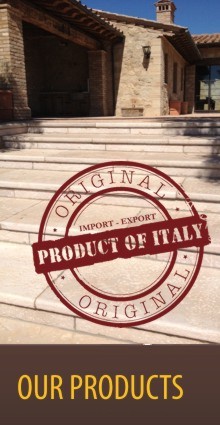
|